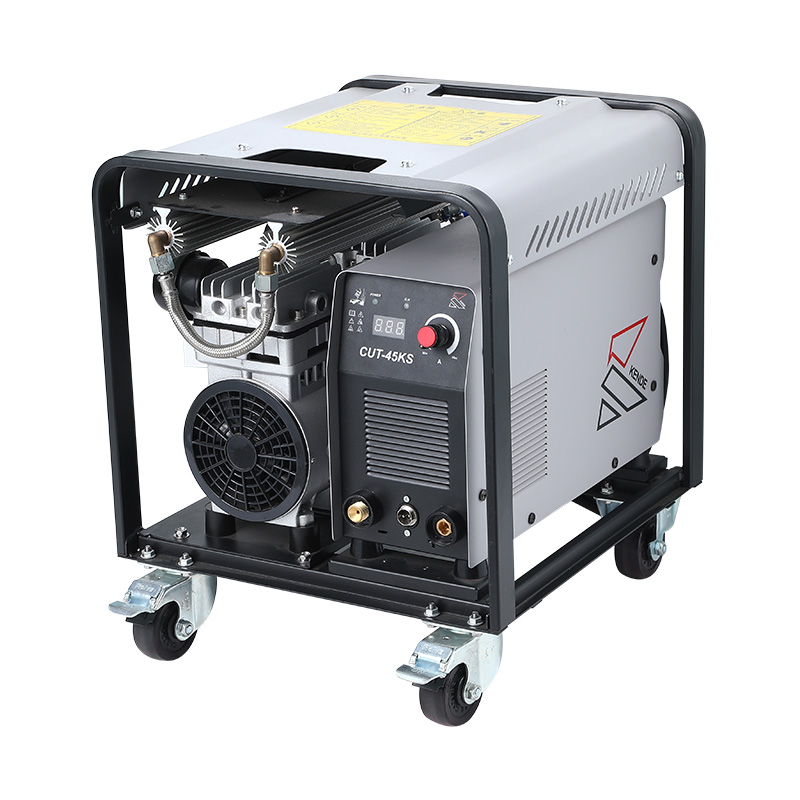Email: [email protected]
 2025.07.25
2025.07.25
 Industry News
Industry News

An inverter plasma cutter is widely used in metal fabrication, repair work, and industrial applications due to its efficient cutting capabilities. One of the key considerations for businesses and individual users when selecting cutting equipment is power consumption. Comparing the energy usage of an inverter plasma cutter with other types of cutters such as transformer-based plasma cutters, oxy-fuel torches, or mechanical cutting tools reveals notable differences that can affect operating costs and practicality.
The inverter plasma cutter is designed to use modern inverter technology, which converts AC power into a high-frequency current that allows for a stable and efficient arc. This technology enables the machine to consume less energy than traditional transformer-based plasma cutters while delivering the same or better cutting performance. Because inverter systems are more efficient in energy conversion, they reduce power losses during operation. This results in lower electricity usage, especially during long cutting sessions.
In contrast, conventional transformer-based plasma cutters often consume more power because they rely on larger, heavier transformers that are less efficient in converting electricity. These units typically require higher input power and can generate more heat, which may cause increased cooling demands and energy waste. For users who operate cutting equipment frequently, this difference in power consumption becomes a significant factor over time.
When comparing an inverter plasma cutter to oxy-fuel cutting systems, the contrast in power consumption becomes more evident. Oxy-fuel cutters do not use electricity for the cutting process itself, as they rely on a combination of gases such as oxygen and acetylene to create a high-temperature flame. While this method avoids electrical power usage, it consumes fuel gases, which also represent an ongoing operating cost. Additionally, oxy-fuel cutting is less effective on non-ferrous metals such as aluminum or stainless steel, where inverter plasma cutters can perform efficiently without requiring material-specific adjustments.
Mechanical cutters like shears and saws typically use electric motors, and their power consumption depends on motor size, cutting load, and usage frequency. While these tools may consume less power for certain tasks, they may not be suitable for precision or contour cutting on thick metal sheets. In comparison, an inverter plasma cutter offers greater flexibility in cut quality and edge smoothness while maintaining moderate power requirements.
Another advantage of inverter plasma cutters is their ability to operate on different voltage inputs, including standard residential power or industrial three-phase systems. This flexibility makes them accessible to a wider range of users and reduces the need for costly electrical upgrades. The efficient power usage also allows inverter plasma cutters to be more compact and lightweight, making them suitable for mobile work or tight workshop spaces.
In environments where multiple cutting machines are used, switching to inverter plasma cutters can cause noticeable energy savings. Reduced energy consumption not only lowers operational expenses but also decreases heat output, helping maintain a more stable and comfortable work environment.
The power consumption of an inverter plasma cutter is generally lower than that of traditional transformer-based plasma cutters and more efficient than systems that rely on fuel gases. Its ability to cut a wide range of metals while maintaining energy efficiency makes it a practical choice for various cutting tasks. For users concerned with energy use, performance, and versatility, the inverter plasma cutter offers a balanced solution.